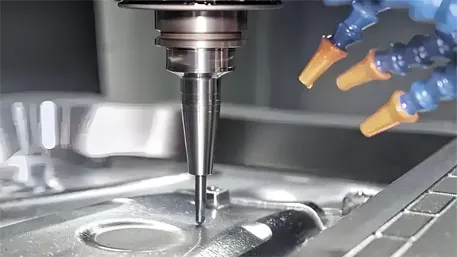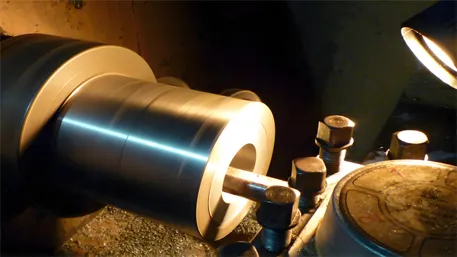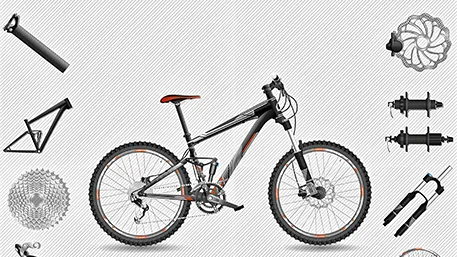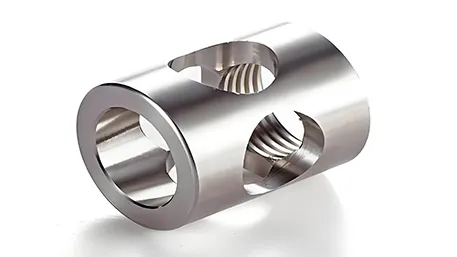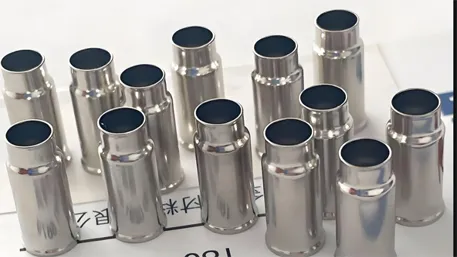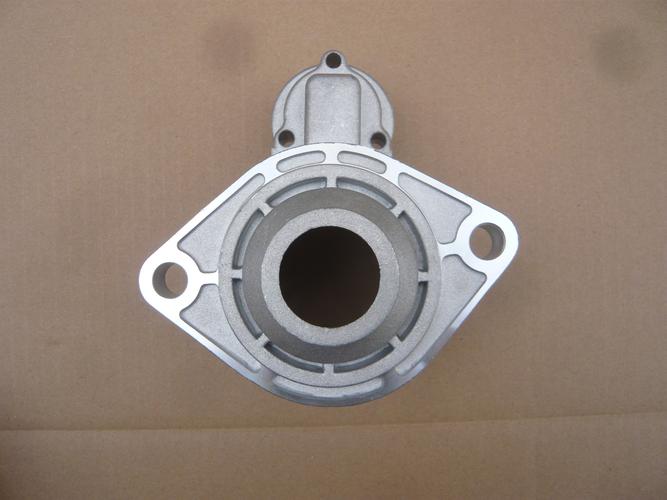In modern manufacturing, brass, with its excellent electrical conductivity, corrosion resistance, and workability, has become a key material in fields such as electronics, sanitary ware, and machinery. With the diversification of industrial demands, the deep integration of CNC (Computer Numerical Control) technology and brass processing provides customers with a full – process customization service from design to production. This article will analyze the professionalism and practicality of custom CNC brass parts from dimensions such as technical advantages, material properties, process innovation, and application scenarios.
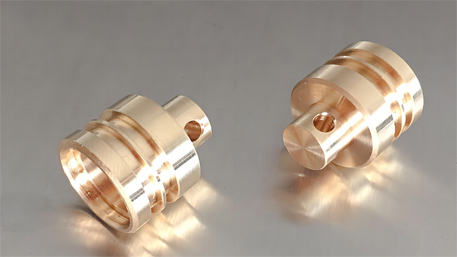
I. Core Advantages of CNC – Empowered Customization of Brass Parts
CNC technology has significant advantages in brass part processing. Through digital programming, CNC machine tools can achieve micron – level precision control, ensuring that part size tolerances reach ±0.02mm and surface roughness Ra≤0.8μm, far exceeding traditional processes. For example, in the manufacturing of electronic connectors, CNC lathes can mill the precise structure of brass terminals at high speed, and their insertion and extraction life can reach more than 5,000 times. In addition, the multi – axis linkage capability of CNC equipment can process complex curved surfaces and special – shaped structures. For instance, in the sanitary ware industry, the brass faucet valve core can achieve a smooth water flow passage design through five – axis machining.
II. Full – Process Coverage of Custom Services
Requirement Analysis and Material Selection
The customization service starts with an accurate understanding of customer needs. Engineers need to select the appropriate brass grade according to the application scenarios (such as electrical conductivity, corrosion resistance, mechanical strength). For example, H62 brass (containing 62% copper) has high strength and low cost, making it suitable for manufacturing structural parts; H70 brass (containing 70% copper) has excellent plasticity and is often used for deep – drawing processing; while H90 brass (containing 90% copper) has high surface gloss and is suitable for decorative parts.
Process Optimization and Precision Machining
When CNC – machining brass, it is necessary to optimize cutting parameters to improve efficiency and quality. For example, using a high rotational speed (8000 – 12000r/min) and feed rate (0.1 – 0.3mm/r), combined with carbide tools (such as YW2 grade), can reduce the tool – sticking phenomenon and extend the tool life by more than 20%. For thin – walled parts (wall thickness ≤ 1mm), through layered cutting and adaptive feed technology, machining deformation can be avoided to ensure dimensional stability.
Surface Treatment and Function Enhancement
The customization service can provide a variety of surface treatment solutions. For example, nickel or chromium electroplating can enhance the corrosion resistance and wear resistance of brass, and the salt – spray test can reach 48 hours without rust; polishing treatment can make the surface roughness Ra≤0.4μm, meeting the aesthetic requirements of high – end sanitary ware products; and laser engraving technology can customize logos or patterns on the surface of brass parts to enhance brand recognition.
Quality Control and Compliance
Custom brass parts need to go through a strict quality inspection process. Dimensional accuracy is detected using a coordinate measuring machine (CMM), material composition is verified through spectral analysis, and mechanical properties (such as the tensile strength of H62 brass ≥ 330MPa) are confirmed through tensile tests. In addition, products can meet environmental protection standards such as RoHS and REACH, ensuring compliant applications in fields such as electronics and medical.
III. Typical Application Scenarios and Cases
Electronics and Electrical Field
Custom – made brass terminals (such as H65 brass) have excellent electrical conductivity (electrical conductivity of about 28MS/m) and are used in components such as connectors and relays. Their precise structures are formed by CNC milling, with a contact resistance ≤ 5mΩ, ensuring stable signal transmission.
Sanitary Ware Hardware Manufacturing
The brass faucet valve core (using H59 brass), through CNC turning and polishing processes, achieves a high – precision sealing surface (flatness ≤ 0.01mm), and the opening and closing life can reach more than 500,000 times, meeting durability requirements.
Mechanical Transmission Components
Custom – made brass gears (such as HPb59 – 1 lead – brass) have good machinability and wear resistance. Through CNC hobbing, the tooth profile accuracy can reach ISO 7 grade, which is suitable for low – speed and high – torque transmission systems.
IV. The Value and Trends of Custom Services
Custom CNC brass parts significantly improve product performance and production efficiency by precisely matching needs. For example, in the manufacturing of automotive sensors, the custom – made brass housing (H62 brass) can be formed in one – step by CNC, saving the time of traditional multi – process processing and reducing costs by more than 30%. In the future, with the integration of AI and CNC technology, customization services will become more intelligent. Through real – time process optimization and digital twin technology, the delivery cycle will be further shortened to meet the rapidly evolving market demands.
Inquire now to get an exclusive customization plan!
Whether it’s precision electronic components, complex sanitary ware accessories, or high – strength mechanical parts, our professional team will combine CNC technology with the characteristics of brass materials to provide you with a one – stop service from design to delivery. Click to leave a message, and let us customize a high – performance and low – cost brass part solution for your project, helping your products stand out in the market!

